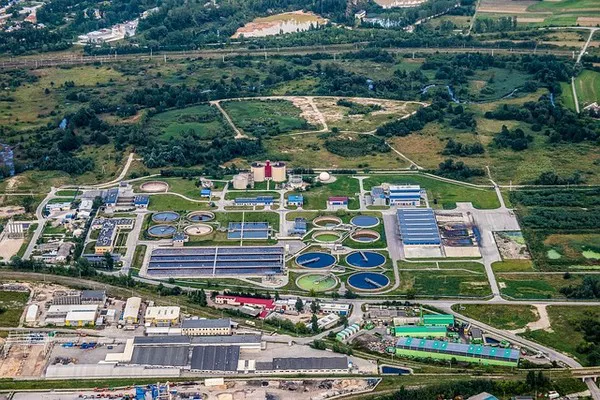Water treatment plants play a crucial role in ensuring the provision of clean, safe, and potable water for communities around the world. These facilities are complex systems designed to remove contaminants and impurities from raw water sources, making it suitable for consumption and various other purposes. Understanding the intricate processes involved in water treatment plants is essential for appreciating their significance in public health and environmental sustainability.
Raw Water Intake
The journey of water through a treatment plant begins with the intake of raw water from its source, which could be a river, lake, reservoir, or groundwater well. Depending on the source, raw water may contain various impurities such as sediment, organic matter, bacteria, and dissolved minerals.
Screening and Pre-Treatment
Once the raw water is drawn into the plant, it undergoes a series of preliminary treatment steps to remove large debris and particles. Screening processes typically involve the use of bar screens or mesh filters to trap objects like leaves, branches, and trash. After screening, pre-treatment methods such as sedimentation or coagulation are employed to facilitate the removal of suspended solids and colloidal particles.
Coagulation and Flocculation
Coagulation is a chemical process where coagulants such as aluminum sulfate (alum) or ferric chloride are added to the water to destabilize suspended particles. These coagulants neutralize the electrical charges of the particles, causing them to clump together. Flocculation follows coagulation and involves gentle mixing to encourage the formation of larger, settleable particles called flocs.
Sedimentation
During sedimentation, the water containing flocs moves slowly through large basins or clarifiers, allowing the heavy particles to settle to the bottom by gravity. The settled material, known as sludge, is then removed from the bottom of the basin, while the clarified water moves on to the next stage of treatment.
Filtration
Filtration is a critical step in water treatment that removes remaining suspended particles and microorganisms from the water. Typically, water passes through layers of sand, gravel, and anthracite coal in a filtration bed, where finer particles are trapped. Filtration not only improves water clarity but also reduces the concentration of bacteria, viruses, and other pathogens.
Disinfection
Even after filtration, water may still contain harmful microorganisms that pose health risks. Disinfection is the process of killing or inactivating these pathogens to ensure the water is safe for consumption. Chlorination, ozonation, or ultraviolet (UV) irradiation are common methods used for disinfection in water treatment plants, effectively eliminating bacteria, viruses, and protozoa.
pH Adjustment and Chemical Stabilization
Water pH, a measure of its acidity or alkalinity, can affect its taste, corrosiveness, and ability to disinfect. pH adjustment is often necessary to bring the water within an optimal range, typically between 6.5 and 8.5, through the addition of alkaline substances like lime or soda ash. Chemical stabilization may also be employed to prevent corrosion of distribution system pipes and minimize scaling caused by dissolved minerals.
Final Treatment and Distribution
After undergoing primary treatment processes, the water undergoes final polishing to ensure it meets regulatory standards and quality requirements. This may involve additional filtration, activated carbon adsorption to remove trace contaminants, or advanced oxidation processes for organic pollutant degradation. Once treated, the water is pumped into storage tanks or directly into the distribution system for delivery to homes, businesses, and industries.
Residual Management
Throughout the treatment process, various by-products and residuals are generated, including sludge from sedimentation, spent filter media, and disinfection by-products. Proper management of these residuals is essential to minimize environmental impact and comply with regulatory guidelines. Depending on their characteristics, residuals may undergo dewatering, stabilization, or disposal in accordance with established protocols.
See Also What Can Cause A Sewer Smell In The House
Conclusion
Water treatment plants are vital infrastructure assets that safeguard public health and promote environmental sustainability by providing clean and safe drinking water. The intricate processes involved in these facilities, from raw water intake to final treatment and distribution, require careful management and operation to ensure consistent performance and compliance with regulatory standards. By understanding the operations of water treatment plants, we can appreciate the complexity of delivering high-quality water to communities while mitigating the impact of pollution on natural water sources.

